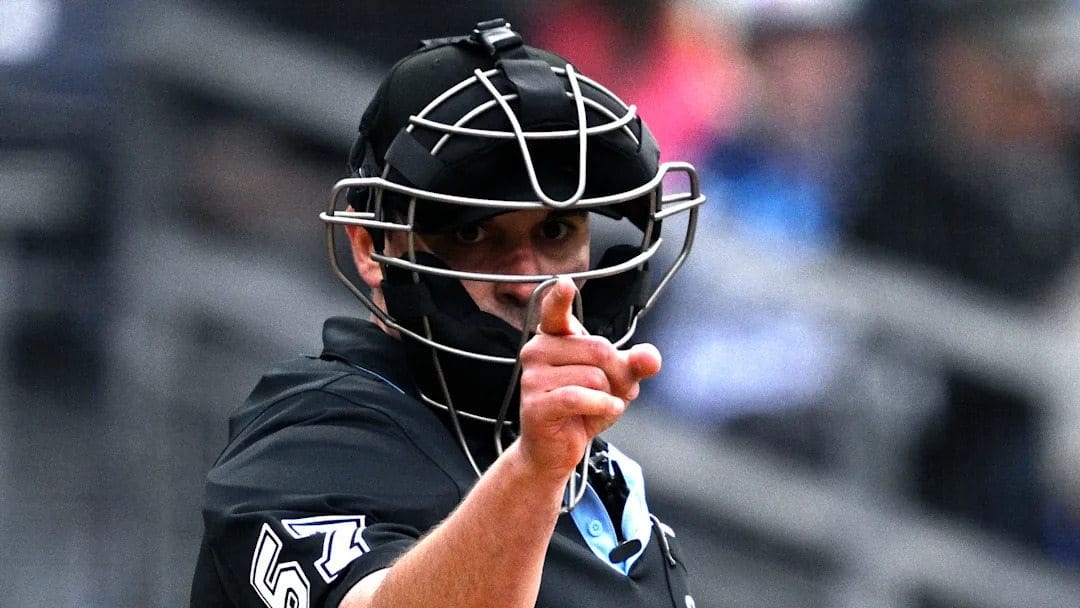Is Major League Baseball gaslighting players about strike zone changes?
MLB swears every team was told the strike zone buffer shrank this season. Players, coaches, and execs say… not so much. As blown calls pile up, is baseball heading for another rule shakeup?


Caps turned backward, dust and spittle flying—MLB and its participants are locked in an argument over the strike zone that also resembles that of a toxic relationship. One party says they were 100%-forsure-no-doubt-about-it notified of a change, while the other maintains this did not, in fact, occur.
At issue: What’s referred to as the “buffer zone,” or leeway given to umpires when they’re being graded on how accurately they called balls and strikes. Prior to this year, umps were granted 2 inches just off the strike zone on all sides of the plate—but this past winter, as part of a new labor agreement with the Major League Umpires Association, it was shrunk to 0.75 inches.
And it seems to have made a difference that should make players facing down 100 MPH with hunks of wood v happy (and those throwing that 🧀 not so much):
- 12.8% of pitches in the strike zone were called balls during the first month of the season, the highest level since 2017, according to data from Baseball Savant.
- LA Angels catcher Travis d'Arnaud also told The Athletic ($) that his research found there have been ~250 more close pitches that were called balls so far this year compared to the same point in 2024.
He said, he said: MLB officials insist all 30 clubs were informed multiple times of the buffer-zone change. But more than two dozen people, including players, managers, and front-office execs, told The Athletic they had “no recollection” of any league briefing, and, if they had, would have thought it important to communicate to those who would be on the field.
Looking ahead…The way balls and strikes are called could once again be changed next year, with the implementation of the spring training-tested Automated Ball-Strike Challenge System (ABS).


